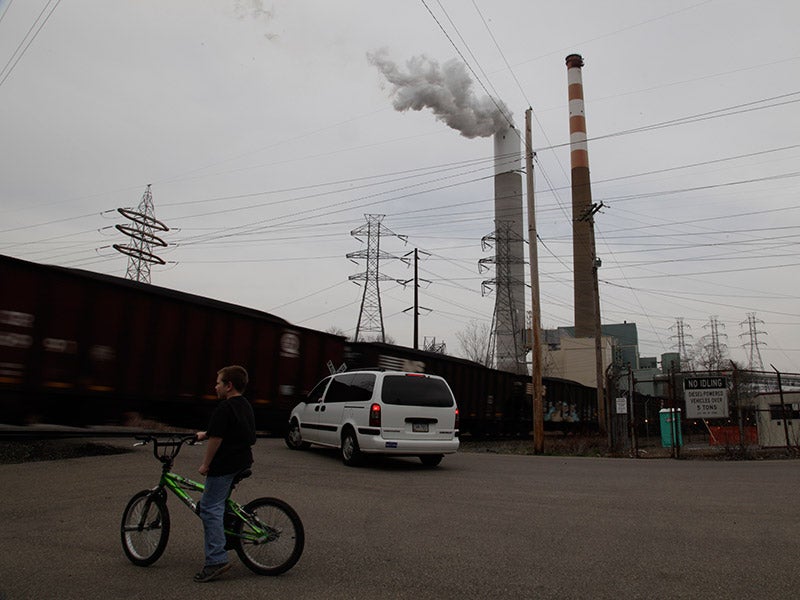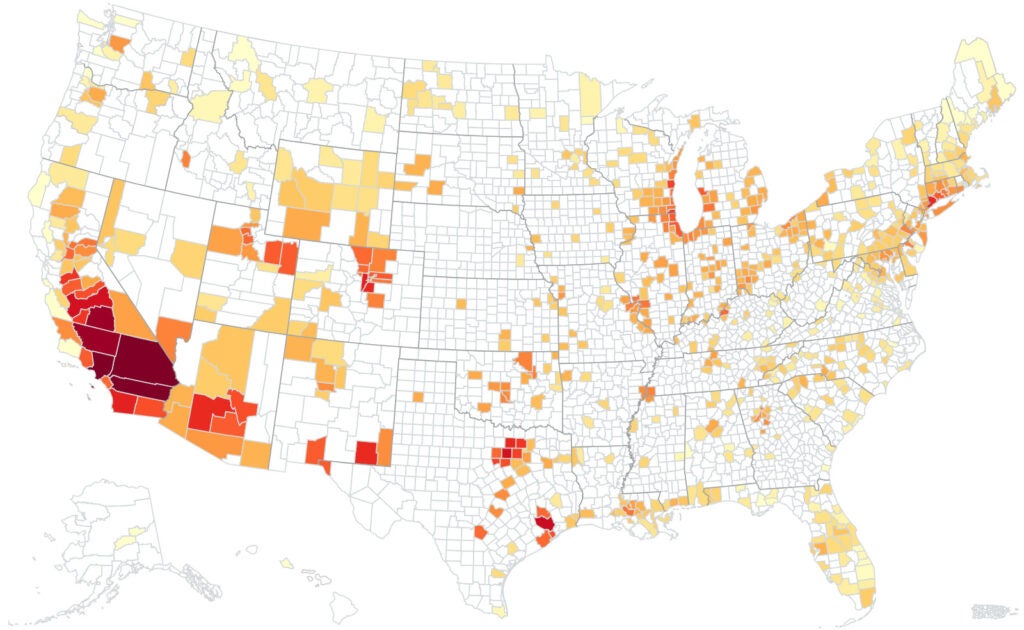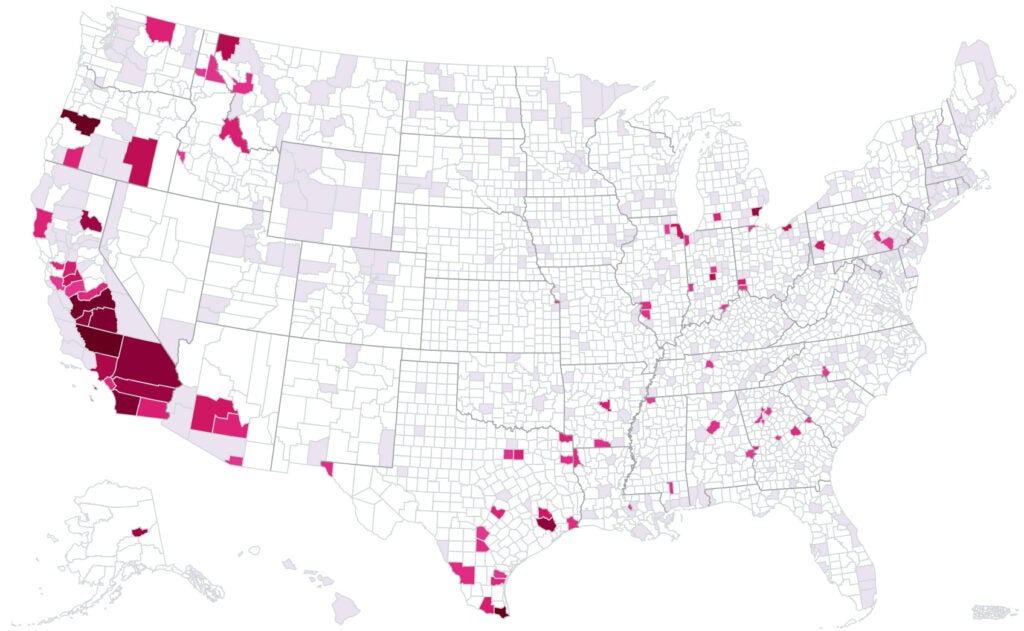Protecting Lives, Lungs from Soot
Soot pollution is deadly — leading to tens of thousands of premature deaths every year. After years of delay by the EPA, Earthjustice is seeking to defend stronger pollution limits on this major threat to public health.
Clients
Regional Office / Program
Case Overview
Deadly fine particulate matter, also known as soot, is caused by pollution from tailpipes, smokestacks and industrial power plants. Breathing soot can cause premature death, heart disease and lung damage. It has also been linked with developmental and reproductive harms.
In December 2006, Earthjustice challenged the Environmental Protection Agency’s refusal to strengthen national standards for airborne particulates, despite a nearly unanimous recommendation from its own Clean Air Science Advisory Committee to do so. Particulate matter (PM) is one of the most dangerous forms of air pollution as small particles of soot, smoke, metals and other chemical compounds can travel deep into lungs, triggering an array of adverse health problems.
In 2009, following an Earthjustice lawsuit, a federal court of appeals ruled that the clean air standards approved under the Bush administration were deficient and they were sent back to the EPA for corrective action. The court ruled that the standards failed to protect public health with an adequate margin of safety and failed to address adverse visibility impacts. The court considered the 2006 approval arbitrary as the agency disregarded recommendations from various experts and medical associations to tighten the standards.
In 2011, Earthjustice filed another lawsuit as the EPA failed to take any action on revised particulate matter standards. The additional lawsuit was a deadline enforcement action under the Clean Air Act to pressure the EPA to act on new particulate standards.
In December of 2012, the EPA responded by strengthening the soot standard to a more protective level. EPA’s adoption of a more health protective annual standard is overwhelmingly supported by extensive evidence of health effects evidence and will result in significant national health benefits, including the prevention of thousands of premature deaths each year. The new standards are expected to save 15,000 lives and prevent hundreds of thousands of cases of asthma exacerbation.
Industry challenged the stronger standard, and Earthjustice intervened in court to defend the EPA’s standard. Oral arguments were heard in February 2014, and in May 2014 a federal appeals court denied industry’s attempt to overturn soot protections. The court also found that EPA’s decision to require the placement of air monitors near heavily trafficked roadways in major urban areas to capture the elevated levels of PM2.5 to which people are being exposed was well supported by the record, comports with the Clean Air Act and is justified to adequately protect people living and spending time near roads.
Earthjustice continues to work to strengthen the soot standard and clean up the air we breathe.
PM2.5 is a lethal airborne pollutant that causes premature death and a host of other significant health harms. Sources of PM2.5 include emissions from motor vehicles and diesel engines, coal-fired power plants, and other industrial sources. Not surprisingly, elevated levels of PM2.5 pollution are found in and near metropolitan areas with high traffic. The particles that make up PM2.5 are microscopic, enabling them to lodge deep within the lungs where they cause cardiovascular problems like heart attacks and strokes, respiratory disease and asthma exacerbation, and death. Those with preexisting lung or heart disease, elderly persons, children, and individuals with low socioeconomic status are most susceptible to the threats posed by PM2.5 pollution.

Case Updates
Case page created on May 12, 2014.


